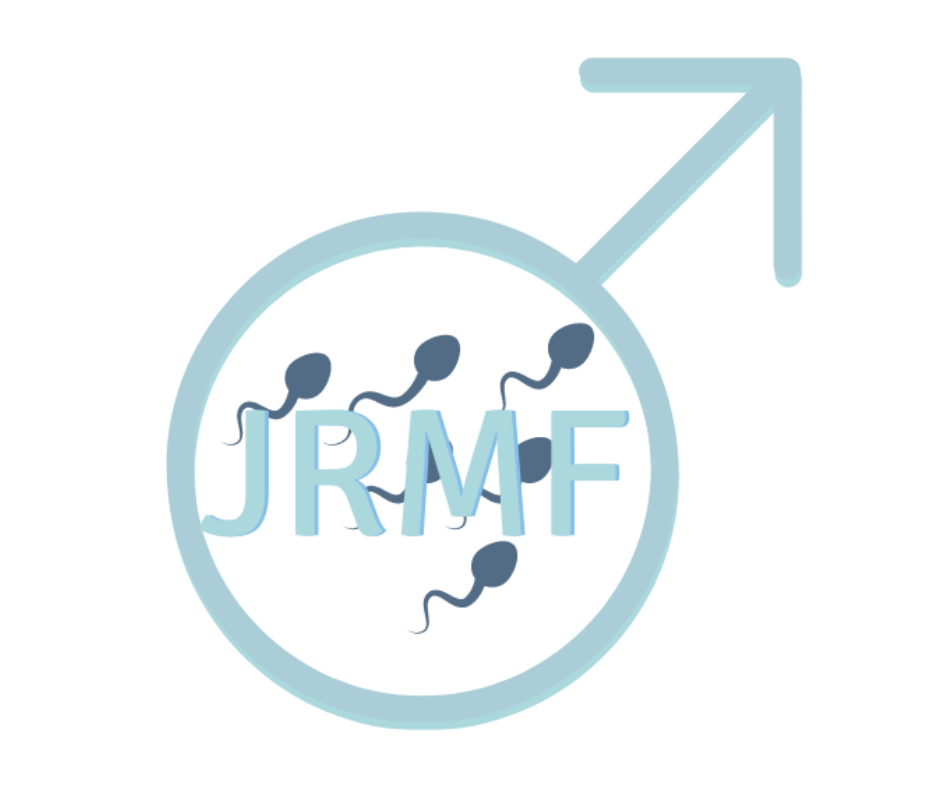The Future of ART, Lugano, April 2022
I was pleased and excited to be involved in a thoroughly modern and refreshing two-day conference. Modern and refreshing, because the agenda was equally involved with male and female infertility.
The location in Switzerland was convenient for many European colleagues and the host, Giovanni Colpi, had invited my friend Ashok Agarwal from the Cleveland Clinic, so that there was ample representation from North America and, as he had invited Sandro Esteves, South America was also ably represented. The UK was also represented by my friend and colleague Professor Suks Minhas from Imperial, who also speaks for the European guidelines on the treatment of male fertility.
Ashok has instigated a global andrology forum with real-time contact with urologists worldwide, so that this conference was able to explore every contemporary issue of male fertility.
Giovanni is a gynaecologist, so this was a unique opportunity for ‘couple infertility’ to be properly explored. This was all about how we improve the fertility of the couple, rather than how we might improve the technological aspects of IVF and ICSI. This represents a turning point in our approach to you all.
So what were the highlights of this conference? Apart from the simple observation that like-minded urologists, gynaecologists and scientists were in the same room… here are the headlines.
First, the microbiome – both elusive and important. Its significance in fertility and infertility, for both men and women, is at last gaining ground. An imbalance, or ‘dysbiosis’, of the gut microbiome can be related to a mild inflammatory state and this does reduce fertility, particularly, I believe, ‘at the margins’. The relationship of a dysbiosis in the gut to a dysbiosis in the genital tract is less clear and although a causal relationship cannot be proven, I think that there must be an association.
What about the vaginal microbiome and its relationship to endometritis? Again, although by no means proven, it does seem likely. This presentation on the microbiota linked nicely to an arresting presentation about inflammation of the lining of the uterus – endometritis. The message from this gynaecologist was that endometritis, with subtle changes at hysteroscopy, is probably underdiagnosed. The rather nonspecific appearances are reminiscent to a urologist of the similar features that we see in chronic inflammation of the bladder, usually in women, who have symptoms but no identifiable bacterial infection. There must be parallels here, and we are yet to discover, and then understand, which of the organisms and bacteria might be shared and which might therefore be particularly damaging to the couple’s fertility.
And so here was another important link between general health and reproductive health in both men and women.
Another of my favourite topics, DNA fragmentation, was again explored with views from both gynaecologists and urologists. Although it has taken a long time to reach any consensus, it seems to me that there is general agreement that high levels of fragmentation do reduce IVF success and that varicoceles (clinically evident with veins greater than 3 mm in diameter) do reduce the DNA quality of sperm.
Finally, after years of debate, I think that gynaecologists, urologists and embryologists are beginning to agree that sperm DNA quality does contribute to early miscarriage.
And so, this was a most enjoyable conference. I had to listen online as I was unable to attend, but I really think that the topics that are of interest to all couples, particularly when there may be a shared cause of infertility, are now being understood by all those who not only provide IVF and ICSI but also try to treat the individuals and improve their success before they reach the point of an intervention.
Jonathan Ramsay


